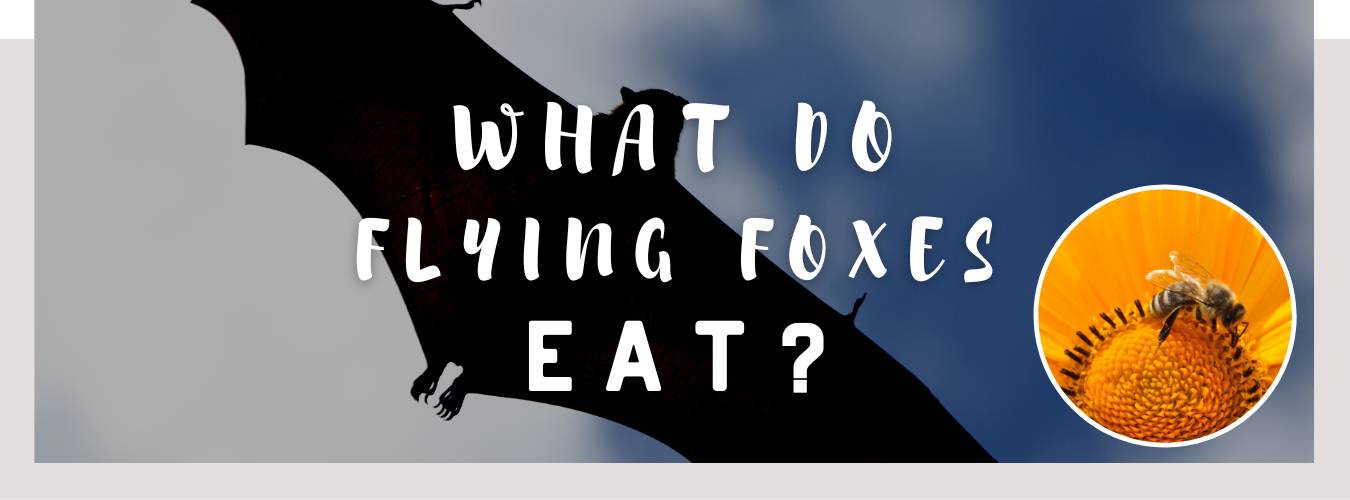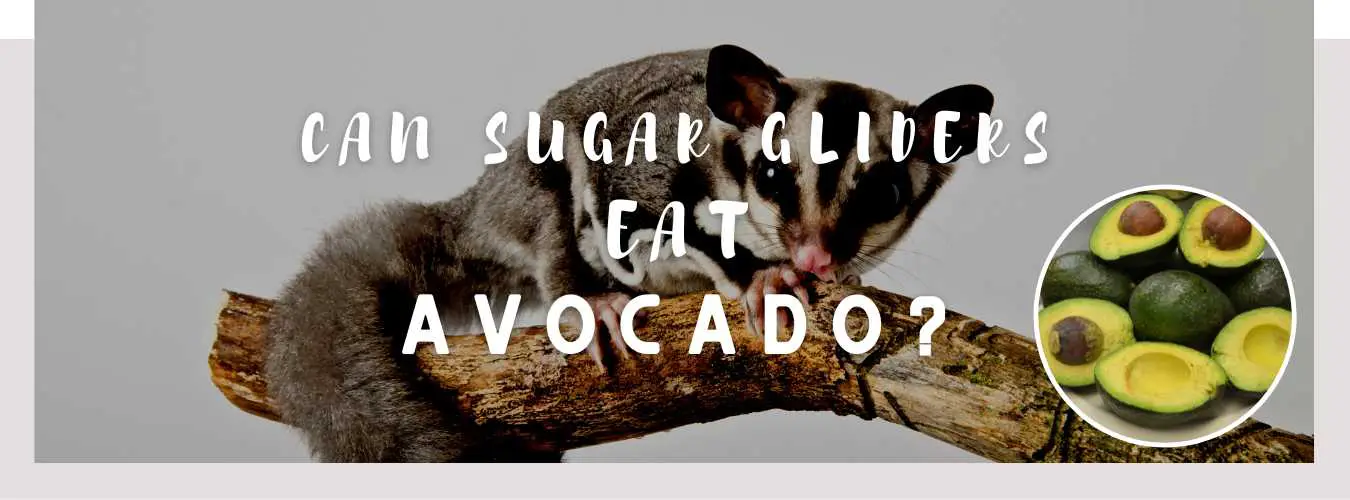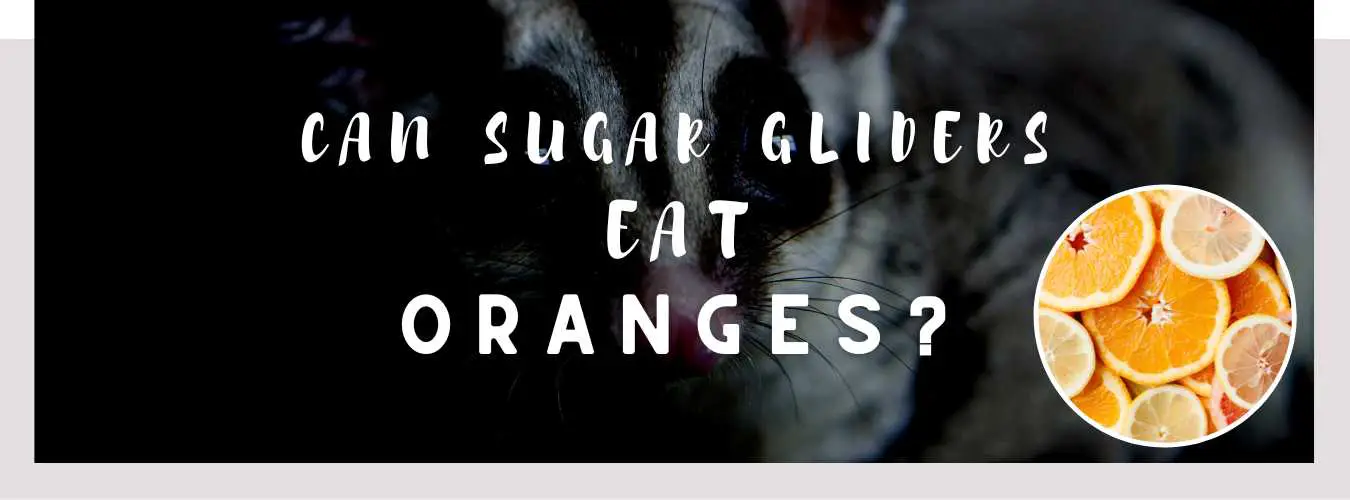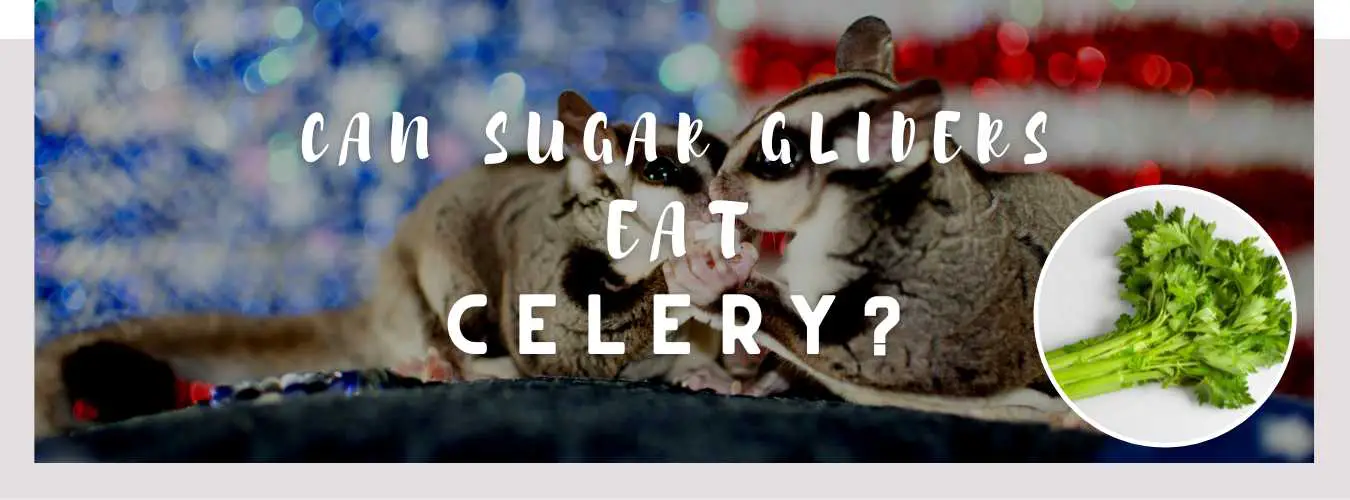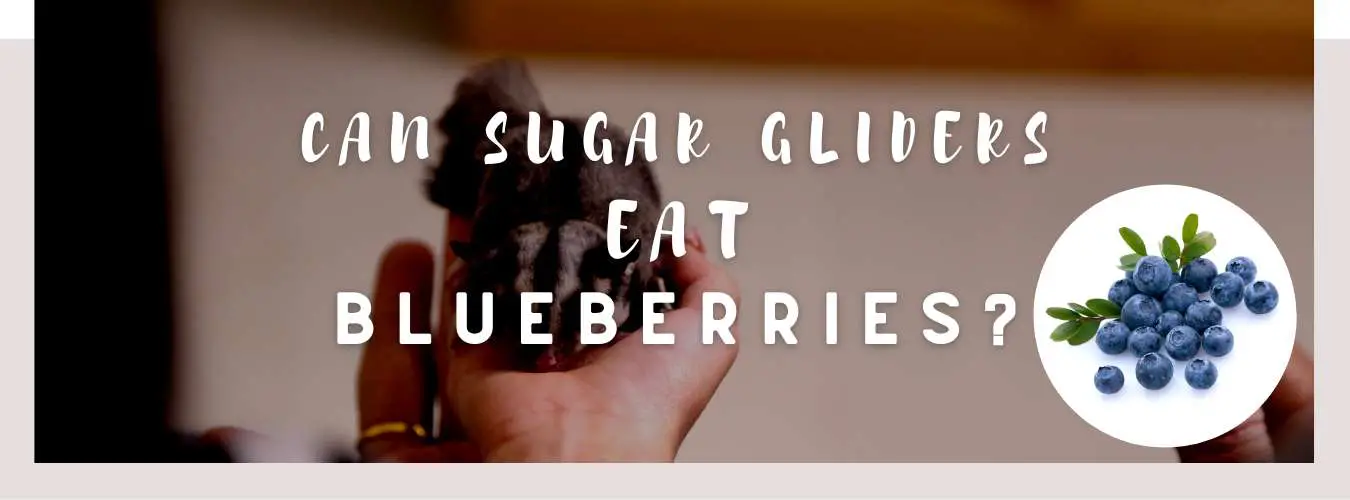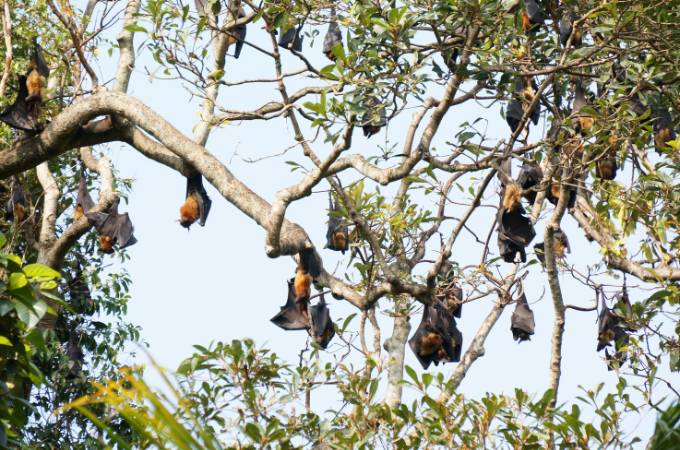
Flying foxes, also known as fruit bats, are a group of significant bats native to Australia, Indonesia, and the Pacific islands. They are named for their distinctive fox-like faces and their ability to fly. Their diet primarily consists of fruit, nectar, and pollen. They have a keen sense of smell and can locate food sources from miles away.
They can also consume various fruits, including figs, mangoes, and guavas. In addition to fruit, flying foxes feed on nectar from flowers and pollen from plants. They are essential in the ecosystem as pollinators and seed dispersers for various plants.
What Do Flying Foxes Eat?
Flying foxes are opportunistic feeders and can adapt their diet depending on the season and availability of food. During the summer months, when fruits are abundant, flying foxes primarily consume fruit.
However, during the winter months, when fruits are less available, flying foxes will turn to nectar and pollen as their primary food source. This ability to adapt their diet to the changing seasons allows flying foxes to survive in a wide range of habitats. They are also known to feed on some leaves, bark, and insects.
You might also like: Do Foxes Eat Plants?
Seasonal Variations in Diet
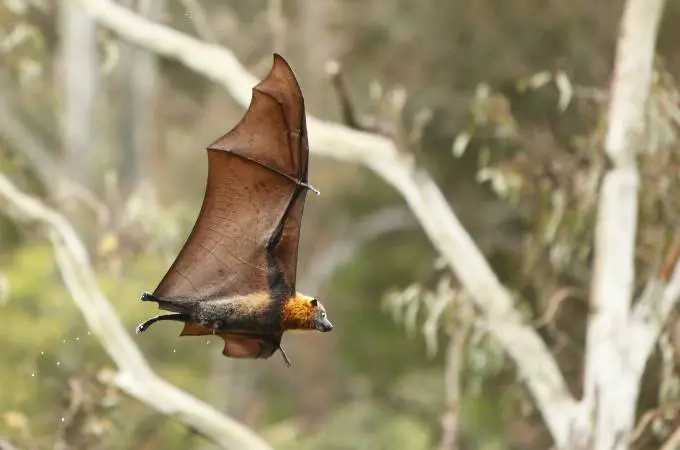
The diet of flying foxes can vary depending on the season and availability of food. During the summer months, when fruits are abundant, flying foxes primarily consume fruit. They consume various fruits, including figs, mangoes, guavas, and other native fruits. However, during the winter months, when fruits are less available, flying foxes will turn to nectar and pollen as their primary food source.
It is because they have to adapt their diet to the changing seasons, which allows flying foxes to survive in a wide range of habitats. Additionally, flying foxes’ diets can vary based on the location and availability of food sources. For example, flying foxes in coastal regions will have a different diet than those in rainforests.
Their diet also adapts to their life cycle. For instance, pregnant or lactating females require more energy-dense food than males or non-reproductive females. Overall, the ability to adjust their diet to the changing seasons and food availability is one of the key adaptations that allow flying foxes to thrive in a wide range of habitats.
You might also like: Do Foxes Eat Apples?
Threats to Flying Fox Populations
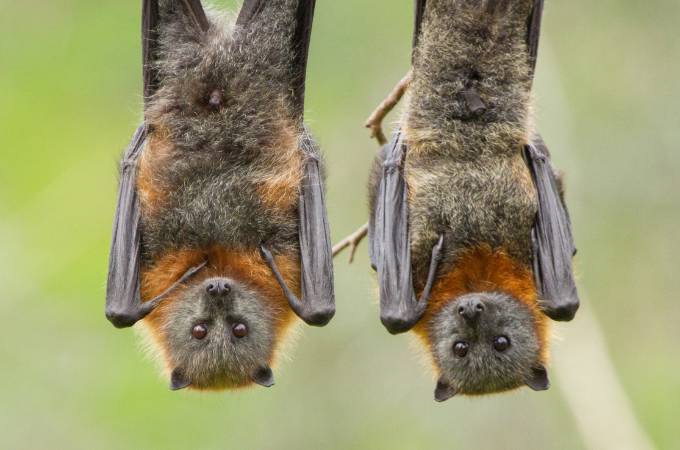
Despite the critical role that flying foxes play in the ecosystem, their populations are facing several threats. Habitat loss and fragmentation, as well as hunting, are significant threats to flying fox populations. Habitat loss is a primary concern, as it reduces the availability of food sources and nesting sites for flying foxes.
Additionally, hunting of flying foxes is still a common practice in some regions, which can significantly impact their populations. The spread of diseases such as the Hendra virus and the Australian bat lyssavirus can also considerably affect flying fox populations. Climate change also impacts flying foxes by altering the timing of flowering and fruiting of their food sources.
Furthermore, human activities such as deforestation, urbanization, and agriculture expansion also contribute to the decline of flying fox populations. We must take action to protect these important animals and their habitat. This includes protecting their natural habitat, implementing laws to prevent hunting, and promoting conservation efforts to preserve flying fox populations for future generations.
Conclusion
In conclusion, flying foxes are an important species that play a crucial role in the ecosystem as pollinators and seed dispersers. Their diet primarily consists of fruit, nectar, and pollen and adapts to the season and food availability. However, despite their importance, flying fox populations face some threats, including habitat loss, hunting, and disease spread.
We must take action to protect these animals and their habitat to preserve flying fox populations for future generations. Conservation efforts such as protecting their natural habitat, implementing laws to prevent hunting, and promoting conservation education are crucial for preserving these critical species.

